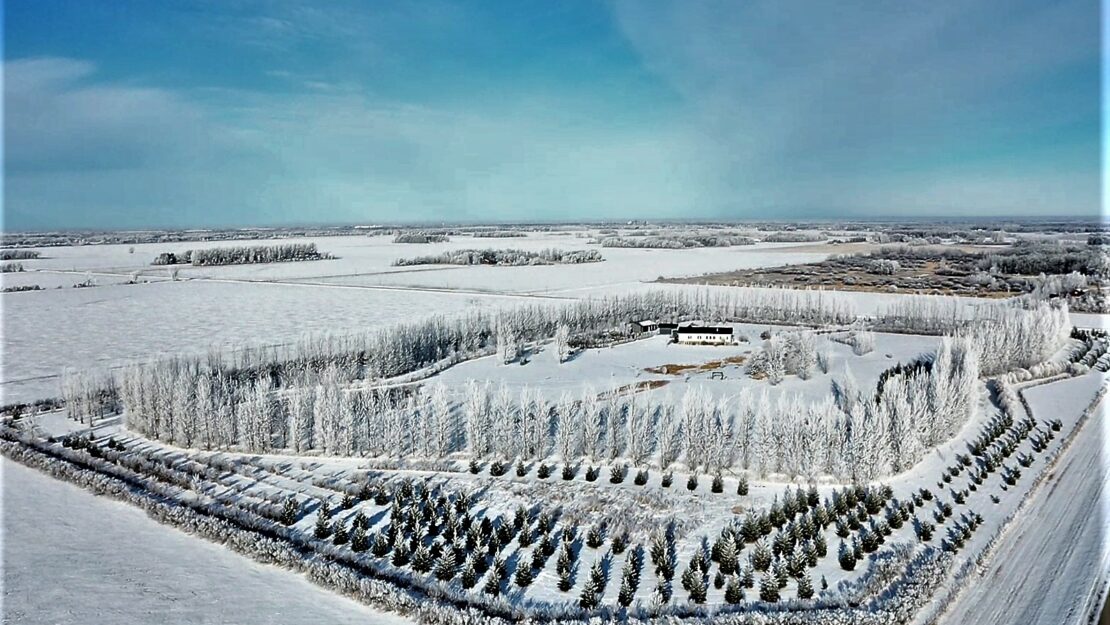A Day in the Life at an SWCD

By Kyle Dahlquist, Clean Water Corpsmember / AmeriCorps Member placed at Pennington SWCD
My first foray into conservation began in the Fall of 2023. By chance, I stumbled upon the Conservation Corps website. As an avid lover of nature and animals, my interest was immediately piqued. I saw an opening at something called an “SWCD” in Thief River Falls, Minnesota. Pennington County is in northwestern Minnesota, roughly an hour south of the Canadian border. This was the opportunity I was looking for. One month later, I packed up my things, stretched my legs, and ventured north from the Twin Cities.
Individual Placement members of the Corps are assigned to a variety of conservation and resource organizations. My cohort of 25 Corpsmembers are all across the state of Minnesota, at the Department of Natural Resources, State Parks, and SWCDs, to name a few. But what is an SWCD exactly? Soil and Water Conservation Districts (SWCDs) trace their history to the Dust Bowl, a period of drought and famine in America’s High Plains region. This ecological disaster, one that coincided with the worst economic downturn in American history, necessitated an urgent response from the federal government. President Roosevelt instituted several programs aimed at conserving soil health and providing work for the millions of Americans affected by the Great Depression. One of these programs, the Civilian Conservation Corps, served as the origin for our own Conservation Corps Minnesota & Iowa. Others provided the template for the nearly 3,000 Soil and Water Conservation Districts that now pepper the country. Most SWCDs were founded during the period of economic growth immediately following the Great Depression and World War II, with Pennington County’s SWCD celebrating its 75th anniversary in 2023.
Soil and Water Conservation Districts are a political subdivision of the state in which it resides, governed by an elected board of supervisors. Minnesota operates 90 SWCDs around the state, one per county. Large counties, such as St. Louis, Otter Tail, and Polk, necessitate two SWCDs to adequately address their resource concerns. We partner with other state-level organizations, such as the DNR and the Board of Water and Soil Resources (BWSR), when needed. A varied and interesting task list comes through the door at the Pennington SWCD, from simple questions regarding farmland, to large-scale engineering projects along the Red Lake River.
My day-to-day can hardly be surmised in a few short words. My morning may be spent water monitoring, and the afternoon assisting with an education event at the local elementary school. I’ve spent days kayaking on the Thief and Red Lake Rivers, photographing highly eroded banks. Clerical work, like the sale and processing of well water testing kits, is an important part of the job. As the weather heats up, so will the workload. Spring is tree season, and I look forward to getting hands-on experience with our tree planter.
I’ve learned so much about the ins and outs of conservation work here at the Pennington SWCD, and I can’t wait for what the warmer months bring. Stay tuned for more posts throughout the year. I plan to cover soil health, water monitoring, conservation programs, local history, the natural history of the Red River of the North watershed, and anything else that pertains to our work here at the Pennington SWCD. Thank you for reading!